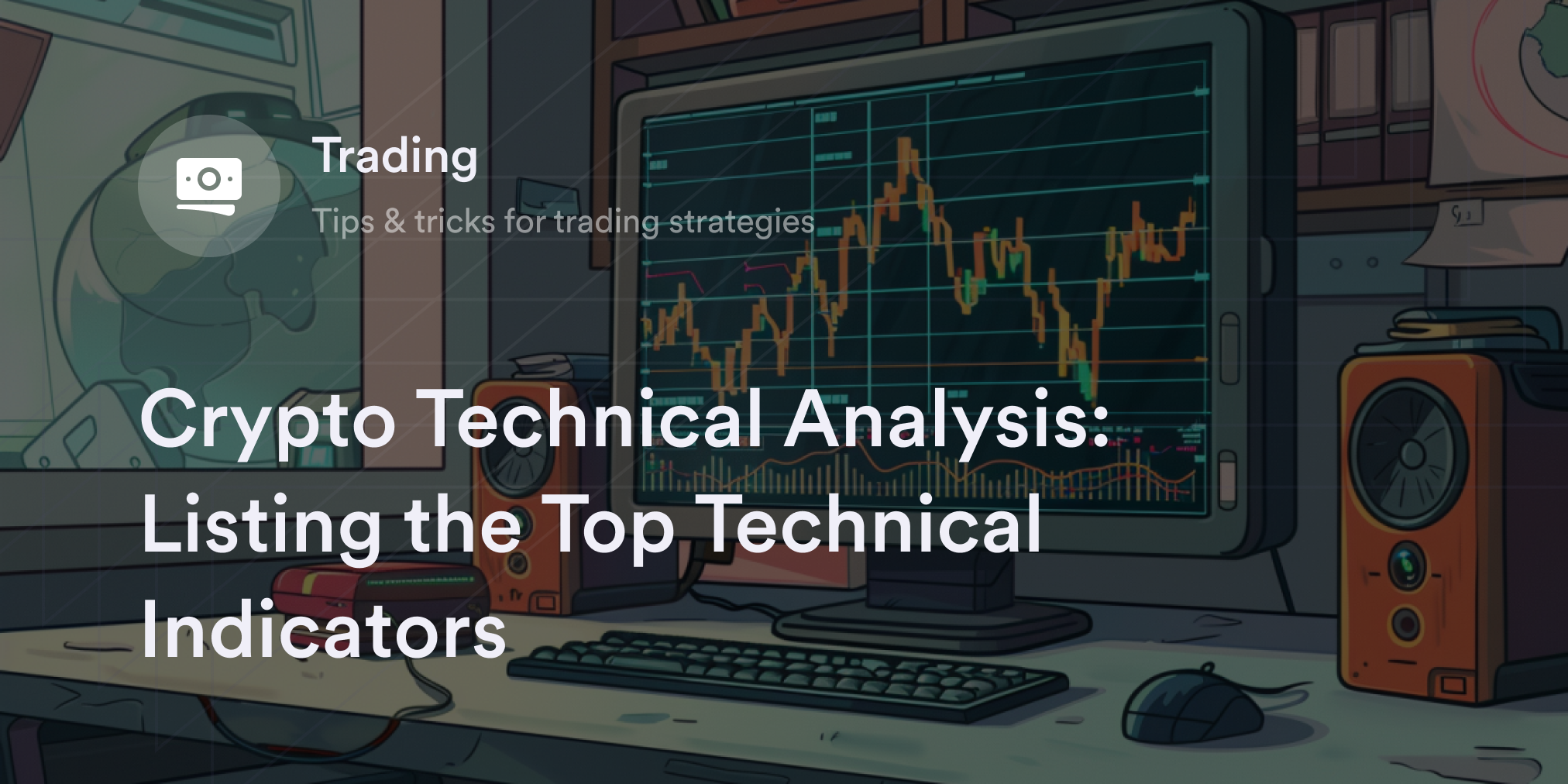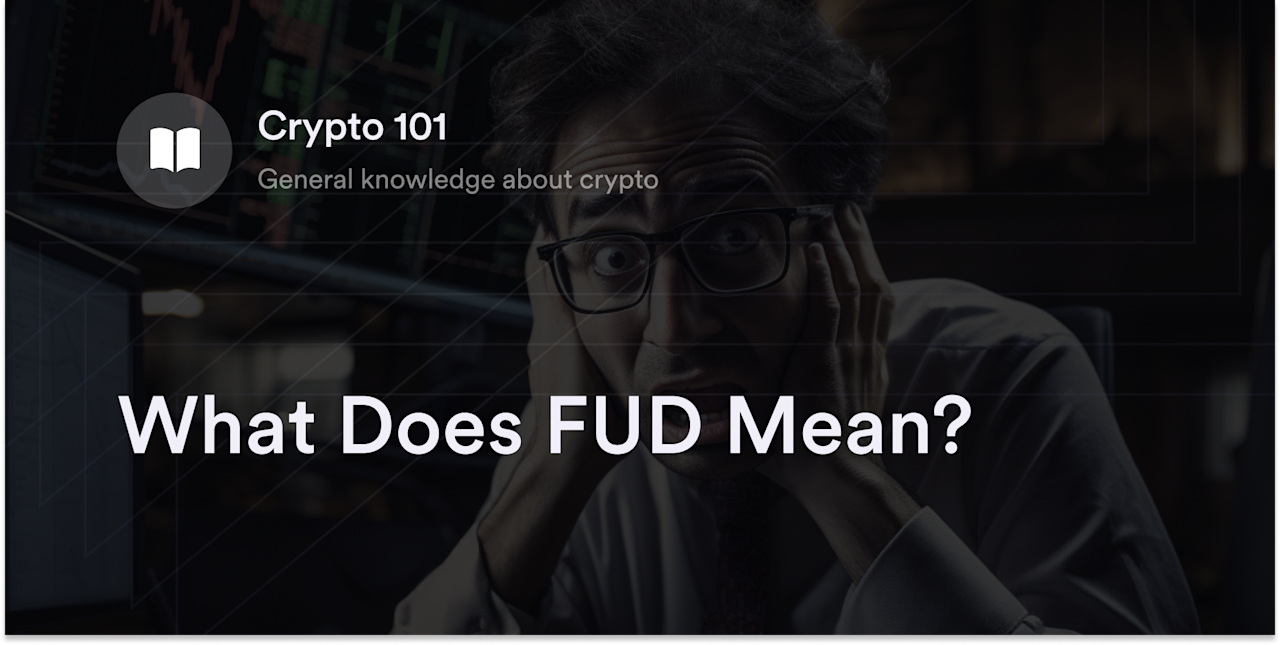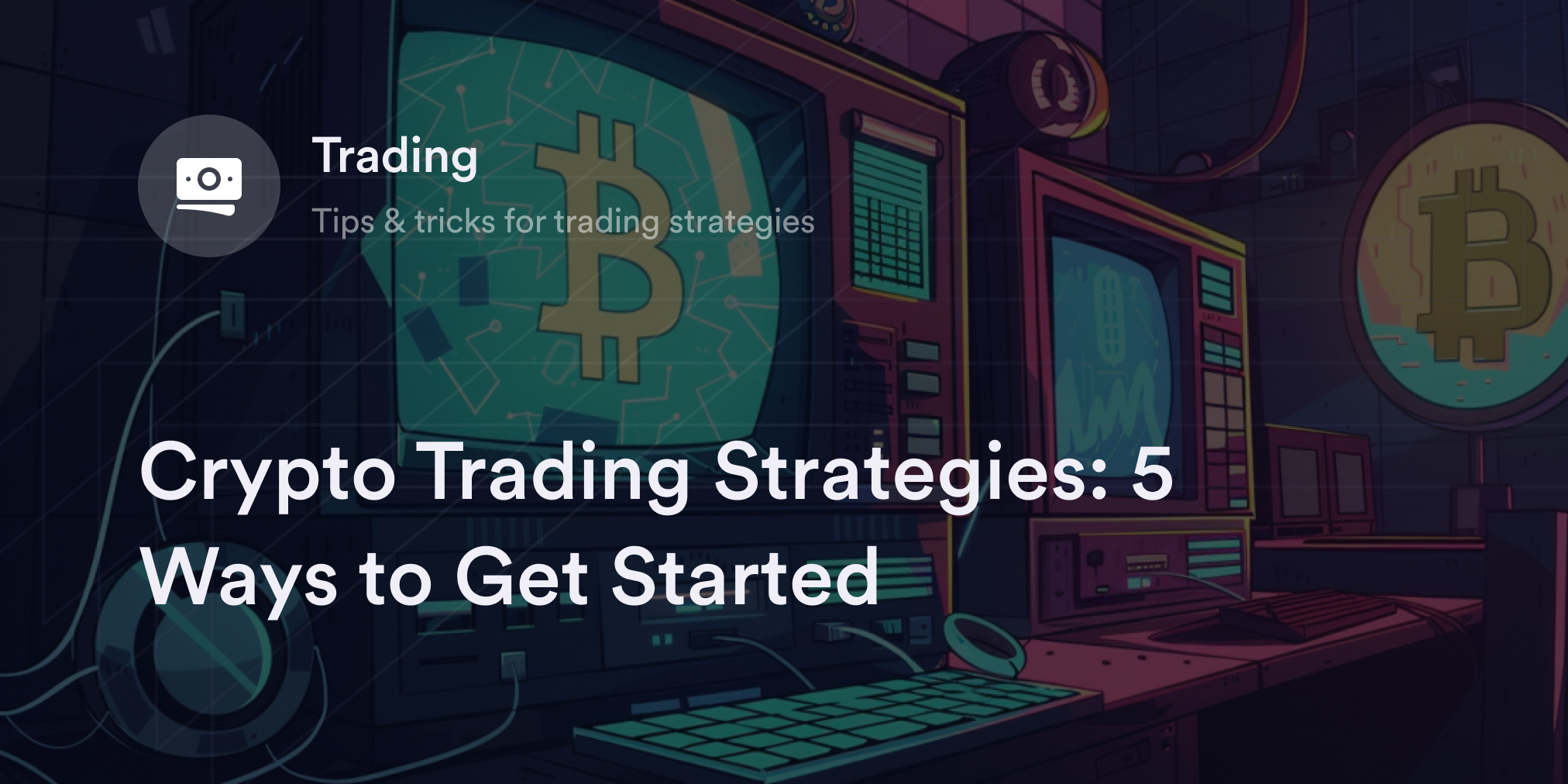


Cryptocurrencies are an attractive opportunity for day traders. Because crypto exists in a relatively new and rapidly growing market, these digital tokens experience drastic fluctuation in their valuation—a trait known as “volatility.” As a result, crypto is generally more volatile than traditional assets. It’s not uncommon for coin prices to rise or fall by over 10% in a day—meaning, if traders time it right, they can capitalize on these sudden changes and make large profits.
Cryptocurrencies also trade all day, every day. Unlike traditional exchanges, the crypto market never closes. Traders can take action no matter the hour—though some times are better to trade than others. Additionally, as more exchanges offer crypto services, traders can access flexible financial vehicles such as perpetuals, options, and leverage, similar to day trading in traditional financial markets.
Although day trading crypto can be lucrative, it's also extremely risky. Volatile swings can be more costly than rewarding. To protect assets, anyone interested in day trading should create a daily crypto trading strategy that suits their risk tolerance.
What is A Crypto Day Trader?
Crypto day traders buy and sell virtual currencies during a daily trading session to capitalize on market volatility. They aim to profit from intraday price movements in these digital assets—short-term value fluctuations that can happen in an instant. Unlike swing traders, who hold open positions for more than a day, a day trader exits their positions within a 24-hour window.
In addition to buying coins and tokens, day traders may purchase crypto-related derivatives, such as perpetuals. Derivatives give traders price exposure to underlying cryptocurrencies without trading or holding the underlying assets. Instead, people who trade derivatives exchange contracts that speculate on the future price of an asset.
Each contract has a target price and quantity for the underlying crypto and gives traders the right or obligation to buy at the agreed-upon rate. For instance, a futures contract for one Bitcoin at $25,000 with an expiry date of May 20, 2023, means a trader can buy one BTC for $25,000 on any day until May 20, 2023. Even if Bitcoin trades above $25,000 within this timeframe, the contract holder has the option to buy one BTC at a discount.
Day trading is the polar opposite of the popular "HODL" crypto strategy. People who HODL crypto buy and hold their preferred positions for years before selling. "Hodlers" are focused on the long-term fundamentals of cryptocurrencies as opposed to daily price fluctuations.
Pros and Cons of Crypto Day Trading
Day trading crypto has several unique advantages. Most significantly, crypto traders can exchange coins at any time. New coins are mined at all hours and transactions are recorded on the blockchain around the clock. This constant access is particularly valuable for traders who work outside of the open hours of major exchanges.
Cryptocurrencies are also available on decentralized platforms like dYdX. Decentralized exchanges (DEXs) allow traders to make peer-to-peer transactions using “smart contracts” on blockchains such as Bitcoin and Ethereum without submitting personal information. Smart contracts are agreements that stipulate certain actions occur only when the stated conditions are met. For example, a contract could state that a friend will send you 0.01 Bitcoin (BTC) if France wins the next World Cup. DEXs allow traders to hold their crypto until the smart contract criteria are met—unlike centralized exchanges (CEXs), which require users to deposit assets into a wallet controlled by the exchange.
The decentralized finance (DeFi) ecosystem also provides greater accessibility to crypto and enhanced anonymity for traders because it doesn’t involve intermediaries or a central authority. Users hold custody over their own funds.
Crypto's volatility can be a pro or a con, depending on a trader's risk tolerance. Because crypto is a speculative sector, it's prone to dramatic price movements. Consequently, crypto day traders have more opportunities for considerable gains in a trading session than other assets, but also leave themselves more vulnerable to significant losses.
On the downside, there are many questions surrounding crypto. Few nations accept Bitcoin as legal tender, and some countries have restrictions on crypto, including special crypto taxation policies.
Additionally, crypto day traders may struggle to set work schedules—since the crypto market is always open, it's challenging to choose the best time to close positions. This uncertainty can make it difficult to step away, impacting work-life balance.
How to Day Trade Cryptocurrency
There are four basic steps investors should take before crypto day trading:
Research the crypto market: First, you need to be sure you understand the fundamentals of crypto and how to trade cryptocurrency. Take your time exploring the downsides of trading crypto assets and identify projects you feel confident in. The more informed you are on crypto news, price history, and blockchain technology, the more secure you'll feel about trading.
Develop your trading strategy and goals: Along with researching the crypto market, identify your risk tolerance and trading strategy. How much are you comfortable losing? How do you plan to protect your portfolio from bad trades? What are your trading hours? The more details you put into your trading plan, the less anxious you’ll be placing your first order.
Choose a crypto trading platform: Next, identify a crypto exchange that fits your criteria. Be sure the exchange you choose has the digital assets or derivatives you're interested in trading. Pay careful attention to an exchange's order types, margin requirements, and liquidity, and review their safety reputation and fee structure.
Deposit your initial investment: Last of all, send your initial deposit to your crypto trading platform. CEXs often accept fiat and crypto transfers, while DEXs only work with digital assets. For instance, dYdX allows users to trade using a stablecoin, USDC, as collateral.
Crypto Day Trading Strategies for Beginners
The simplest way to reduce the stress of day trading is to have a solid game plan. Creating a trading strategy minimizes your risk exposure and allows you to manage assets with more confidence.
Over the years, traders have developed dozens of techniques to help them navigate volatile markets. Take your time investigating the most common day trading strategies to find what works for your preferences. Here are a few examples:
Scalping: Scalpers place hundreds of daily trades to exploit minuscule price movements. When scalping, traders try to constantly buy and sell assets when coins are a few pennies in the green.
Technical Trading:Technical analysis is a field of market research that uses chart patterns to predict price action. Day traders may review dozens of technical indicators to develop a strategy, such as moving averages, support and resistance lines, and Bollinger bands.
Range Trading: Range trading focuses on assets with predictable chart patterns, low volume, and low volatility. Traders will draw two horizontal lines across the lowest and highest prices in a crypto’s recent history. If traders feel confident a cryptocurrency will remain in this predictable price channel, they buy at the bottom of the range and sell near the top.
Arbitrage: Arbitrage traders seek to profit from price discrepancies across multiple trading platforms. For instance, if Bitcoin is trading for $14,500 on one exchange and $14,520 on another, an arbitrageur would buy large amounts of BTC on the first exchange and quickly sell it on the latter.
Common Mistakes in Crypto Day Trading
Day trading crypto is difficult, but there are a few ways to mitigate risk. New traders should avoid these common mistakes:
Trading more than you can lose: The golden rule of day trading—never spend more money than you're willing to lose. Since day trading is risky, limit yourself to discretionary income (what you have left after taxes and necessities) when entering the crypto markets.
Neglecting stop losses: A “stop loss” is an order you set that tells the broker to exit a trade when a coin crashes to a specific price. No matter how confident you are about a trade, it’s essential to plan for the worst-case scenario. Using tools like stop losses will minimize your financial losses should a position work against you.
Giving in to FOMO: The "fear of missing out" can create tremendous buy pressure on a crypto asset. While it's tempting to join the crowd when coins are pumping, nobody can predict when parabolic moves will end. Even experienced traders need to be extra cautious around FOMO rallies.
Forgetting trading fees and taxes: Exchange commissions and capital gains taxes eat into your trading profits. Be sure to calculate your estimated trading fees and taxes when calculating gains and losses.
Learn More About Trading Crypto with dYdX
dYdX wants to disseminate free education about the opportunities and risks of crypto trading. If you're interested in reading more about our exchange, subscribe to our blog. Our academy is a great resource for more educational content. You can also try fee-free perpetuals trading on dYdX's exchange.
Disclaimer
The content of this article (the “Article”) is provided for general informational purposes only. Reference to any specific strategy, technique, product, service, or entity does not constitute an endorsement or recommendation by dYdX Trading Inc., or any affiliate, agent, or representative thereof (“dYdX”). Use of strategies, techniques, products or services referenced in this Article may involve material risks, including the risk of financial losses arising from the volatility, operational loss, or nonconsensual liquidation of digital assets. The content of this Article does not constitute, and should not be considered, construed, or relied upon as, financial advice, legal advice, tax advice, investment advice, or advice of any other nature; and the content of this Article is not an offer, solicitation or call to action to make any investment, or purchase any crypto asset, of any kind. dYdX makes no representation, assurance or guarantee as to the accuracy, completeness, timeliness, suitability, or validity of any information in this Article or any third-party website that may be linked to it. You are solely responsible for conducting independent research, performing due diligence, and/or seeking advice from a professional advisor prior to taking any financial, tax, legal, or investment action.
You may only use the dYdX Services in compliance with the dYdX Terms of Use available here, including the geographic restrictions therein.
Any applicable sponsorship in connection with this Article will be disclosed, and any reference to a sponsor in this Article is for disclosure purposes, or informational in nature, and in any event is not a call to action to make an investment, acquire a service or product, or purchase crypto assets. This Article does not offer the purchase or sale of any financial instruments or related services.
By accessing this Article and taking any action in connection with the information contained in this Article, you agree that dYdX is not responsible, directly or indirectly, for any errors, omissions, or delays related to this Article, or any damage, injury, or loss incurred in connection with use of or reliance on the content of this Article, including any specific strategy, technique, product, service, or entity that may be referenced in the Article.







